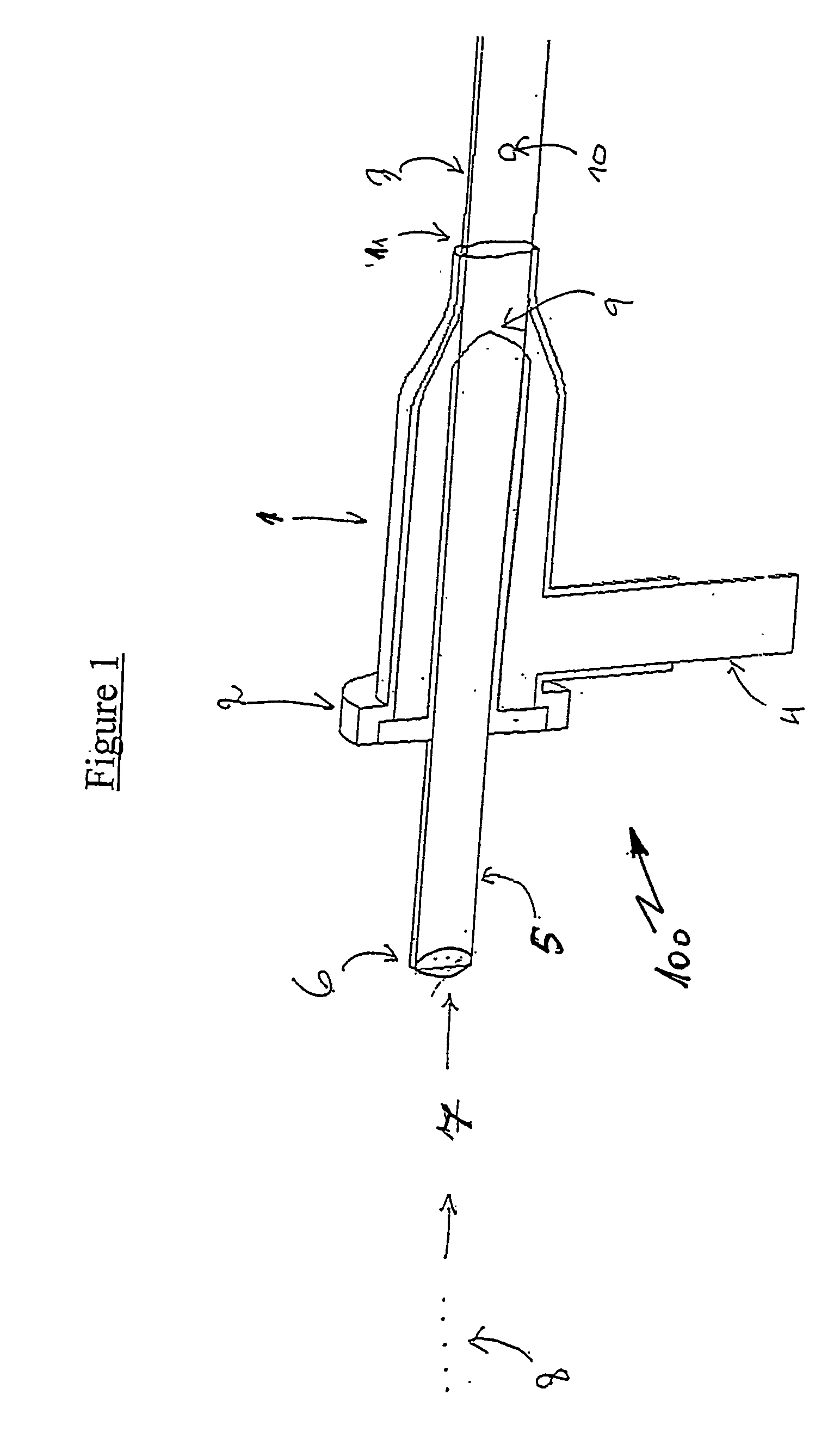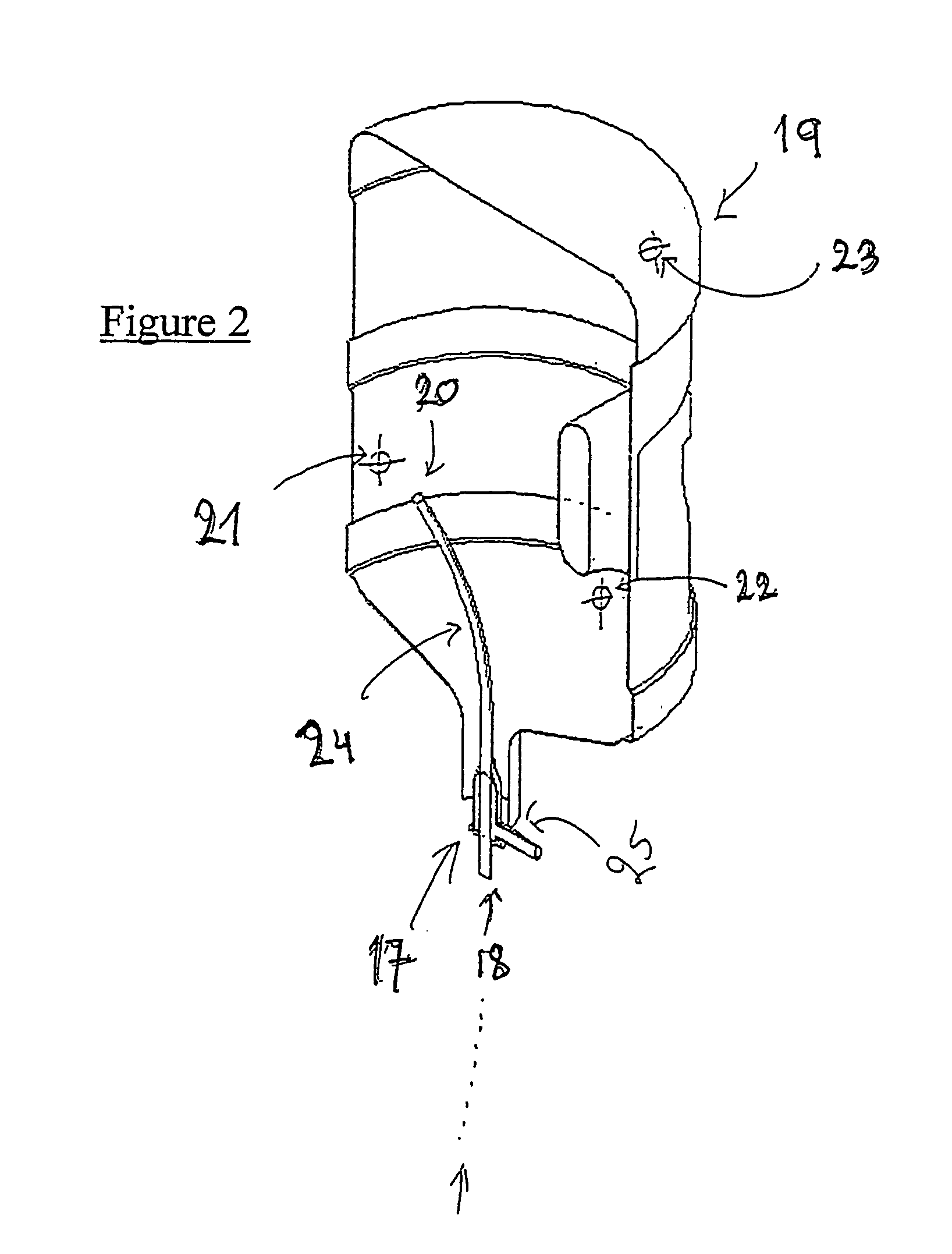Most of the conventional available
optics are not able to whithstand the great energy and thermal dynamics associates with cooling a high-power
light beam to water, air, or combination of liquids and gases.
However, these elements are expensive, and are limited to the energy levels that could be delivered.
Further more, spatial limitations and damage threshold limitation have been imposing strict limitations as to the ability of
quartz type and synthetic glass elements to deliver the energy levels often required for commercial material
processing,
lithography, and photo induced
chemistry.
More specifically, strict limitations to produce a UV reflective
coating, have hindered progress in this field, leaving many spatial
processing only available from
quartz 7 and expensive optical grade polymers, and crystals, all of which are mainly used for
processing and manipulating light beams in other spectral regions, such as can be seen in the VIS, NIR, IR (i.e., such as in telecomm, & IT).
Powerful or accurate light sources (including one or more lasers, or
hybrid light sources including lamp(s) and
laser(s)) often require expensive
optics and optical grade manufacturing methodologies using HGFS (High Grade Fused Silica), SHGFS (Synthetic Fused Silica), and expensive semi-conductor coatings often applying several
layers of AR / RC (Anti-Reflecting / Reflecting type coatings).
Devices using such light sources are subject to
physical limitations,
photo damage and deterioration affecting
all optical components in the beam path and thus often cannot reach the desired performance parameters, damage threshold, and physical properties associated with truly industrial, continuous, repeatable operation.
These limitations have dictated to designers, producers and end users to integrate expensive
cooling units negatively effecting
energy consumption, wall plug efficiencies, increasing periodical maintenance and replacements, while increasing
capital cost associated with devices using currently limited methodologies, such that are effected by thermal dynamics and optical damage thresholds.
Currently used optical grade production techniques rely on high temperature, skilled
engineering, and considerable infrastructure, and energy demanding production sites limiting the scope and commercial and industrial high power
laser applications,
laser induced
photochemistry, and material processing applications requiring lasers operating at high average,
high peak powers, often at very high repetition rates.
Currently used production methodologies for high grade optical elements mainly utilize
high energy driven temperature generators, heavy machinery, heaters driven mold processes, furnaces, often pause safety threats, and expensive
surface processing, and
coating treatments for
polishing the finished element or lenses.
Current commercial efforts aimed at manufacturing such high damage threshold UVC optics, have failed to provide industrially acceptable high quality, high damage threshold, optical grade UVC optics and repeatable optronic processing free of thermal conventional limitation of optical grade materials.
These currently used technologies introduce strict safety, reliability, and credibility and efficiency limitations due to their chemical, residual, often toxic, expensive, slow, labor and material driven procedures and processes.
Further more, current methodologies for surface treatment of
instrumentation is cumbersome, and could not easily be adapted to cover applications requiring actual treatment of physiological damage to tissues, and / or for cuts, sores, wounds, to living human beings.
Further more, in the field, or as in during critical medical procedures under time constraints, wherein often there is no
sufficient time available to wait for certain chemical action to proceed (such as when using biocides, or chemical disinfectants), or for
instrumentation to be returned from central, often far autoclaving, and disinfection equipment centre (i.e. such as in hospitals, and medical centers, or clinics), failed to provide adequate safety measures for vital tools and
instrumentation, often results in making their associated working cycles longer, less efficient, requiring substantial replacement hardware components, and leads to unnecessary manual procedures, and subsequent expenses in human resources, and
high energy consumption (high capital, and operation costs) as well as potential failure of vital medical procedures.
As heat already being considered as one of the most expensive
disinfectant, or sterilizing methodology often requiring long and wasteful work cycles schedule.
Currently used methodologies utilizing UV light for disinfection, and photo-treatment is making use of (CW)
Continuous Wave, often polychromatic light sources, most of which having radial emission, and not sufficient peak power (i.e. such as generated by P.W. type light sources).
These light sources / amps, thus do not have the required
wavelength for offering efficient disinfection, and sterilization of wide varieties of medical instrumentation.
These methodologies while offering currently implemented solutions, imposed strict limitations on the device performance.
These currently used treatment technologies are often dangerous, expensive, and require substantial periodical maintenance and replacements.
Furthermore, instrumentation using such
ionizing radiation types requires sophisticated support means, and infrastructure safety measurements, further complicating design criteria, and implementation.
Several of these radiation types have already confirmed as causing
cancer, and public confidence in these technologies at manufacturing plants is declining.
Conventional chemical technologies are limited since there is always the need to clear the liquids and gases (of the “harmful” chemicals), and remove them from the
specific volume to be consumed (i.e. after disinfection, or purification have occurred) once they have finished their useful cycle, or their disinfection, and oxidation activities.
 Login to View More
Login to View More  Login to View More
Login to View More 


